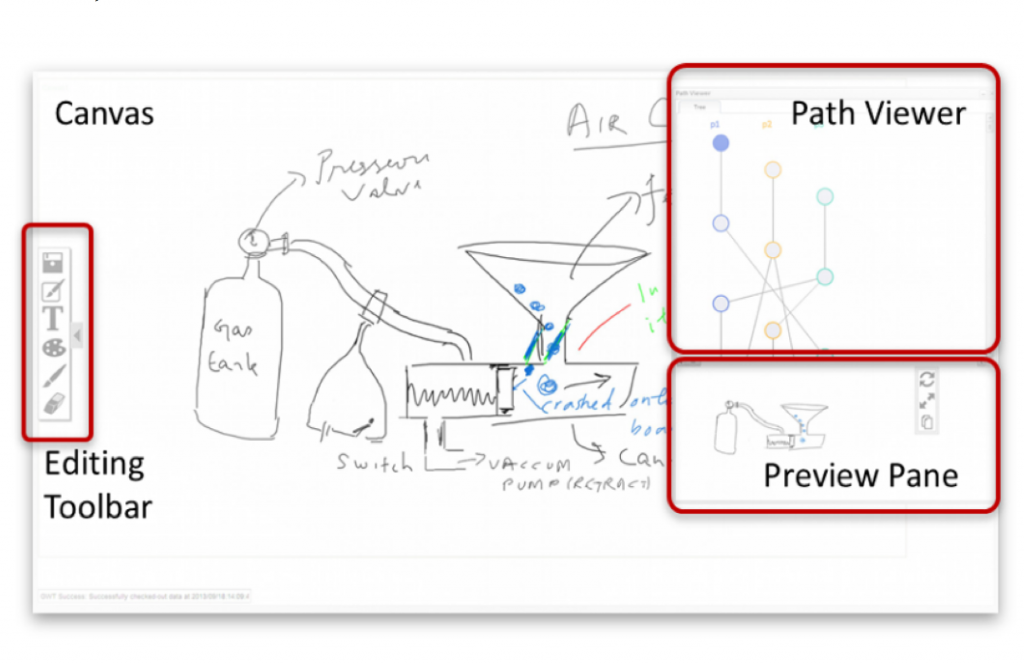Engineering design typically occurs as a collaborative process situated in specific context such as computer-supported environments, however there is limited research examining the dynamics of design collaboration in specific contexts. In this study, drawing from situative learning theory, we developed two analytic lenses to broaden theoretical insights into collaborative design practices in computer-supported environments: (a) the role of spatial and material context, and (b) the role of social interactions. We randomly assigned participants to four conditions varying the material context (paper vs. tablet sketching tools) and spatial environment (private room vs commons area) as they worked collaboratively to generate ideas for a toy design task. We used wearable sociometric badges to automatically and unobtrusively collect social interaction data. Using partial least squares regression, we generated two predictive models for collaboration quality and creative fluency. We found that context matters materially to perceptions of collaboration, where those using collaboration-support tools perceived higher quality collaboration. But context matters spatially to creativity, and those situated in private spaces are more fluent in generating ideas than those in commons areas. We also found that interaction dynamics differ: synchronous interaction is important to quality collaboration, but reciprocal interaction is important to creative fluency. These findings provide important insights into the processual factors in collaborative design in computer-supported environments, and the predictive role of context and conversation dynamics. We discuss the theoretical contributions to computer-supported collaborative design, the methodological contributions of wearable sensor tools, and the practical contributions to structuring computer-supported environments for engineering design practice.
Using Social Interaction Traced Data and Context to Predict Collaboration Quality and Creative Fluency in Collaborative Design Learning Environments
Authors: Ninger Zhou, Lorraine Kisselburgh, Senthil Chandrasegaran, S. Karthik Badam, Niklas Elmqvist, and Karthik Ramani
International Journal of Human-Computer Studies 136 (2020): 102378
https://doi.org/10.1016/j.ijhcs.2019.102378


Convergence Design Lab Admin
Administrator of the Convergence Design Lab website.

